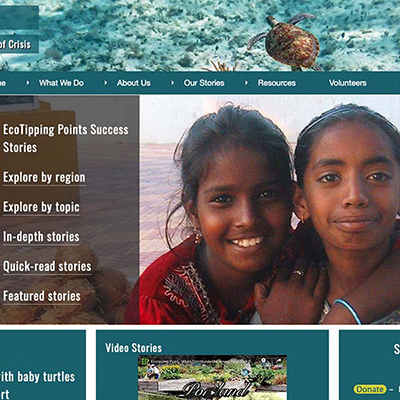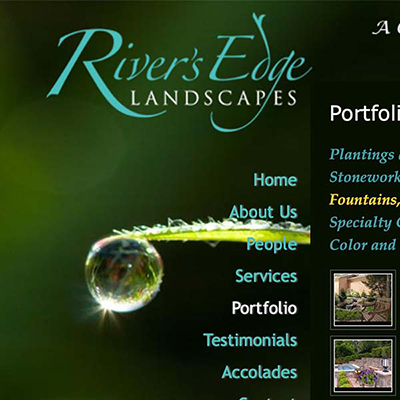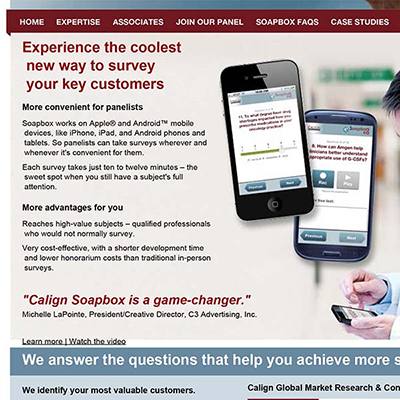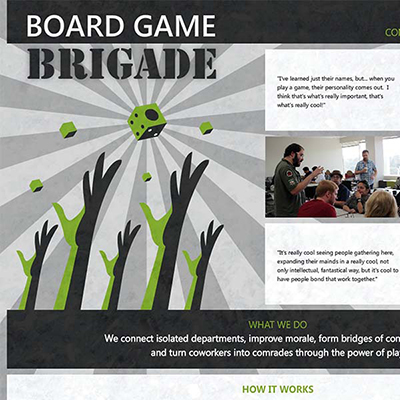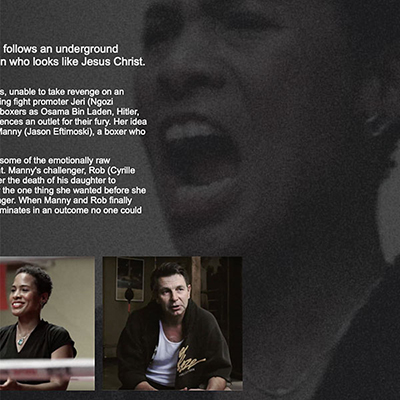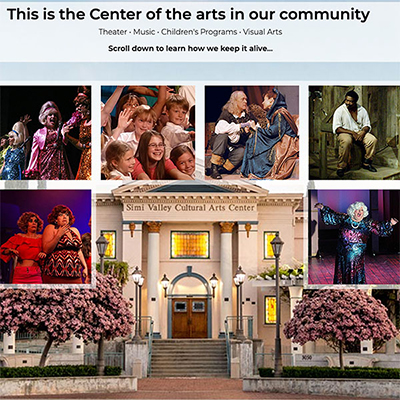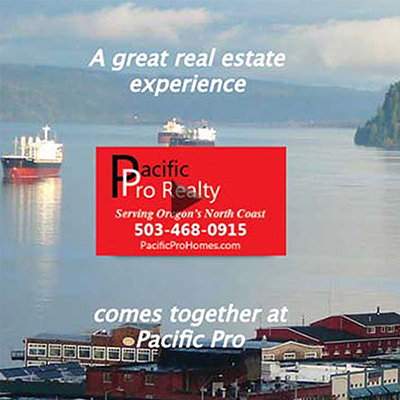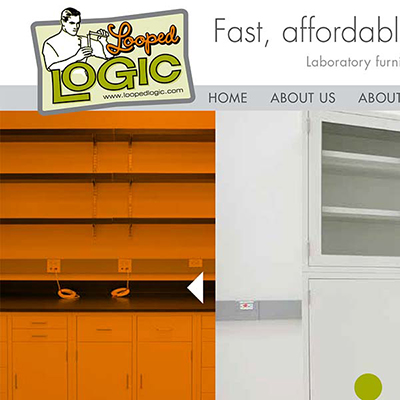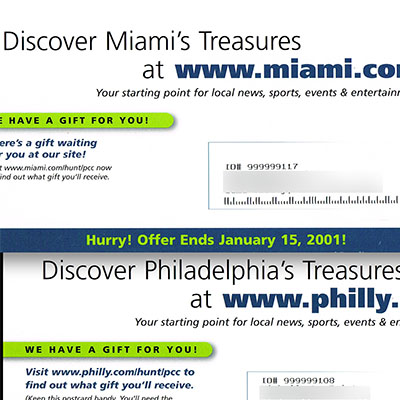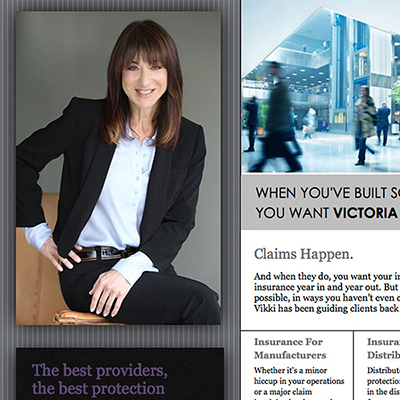
Services
Creative Services
Advertising & Marketing Services
- Strategy & Planning
- SEO
- Marketing Ahead of the Curve
- Media Placement & Media Campaigns
- Search Marketing
- Convergence
Organization Types
Marketing Ahead Of The Curve
A unique and intensive marketing partnership, for clients who want to forge ahead quickly. Limited to three clients per year.
Ready to get started? Call 805-813-2727, send an email, or click Contact Us for more options
Marketing for the 21st Century
Or
Stuff You Need to Know: Because Neither Of Us Has Time To Waste On Nonsense
